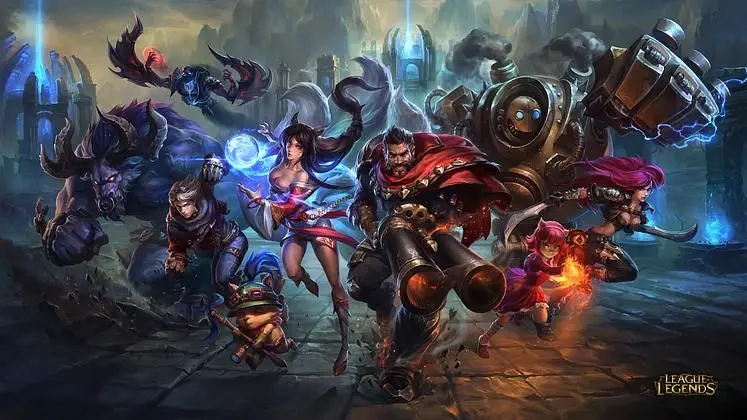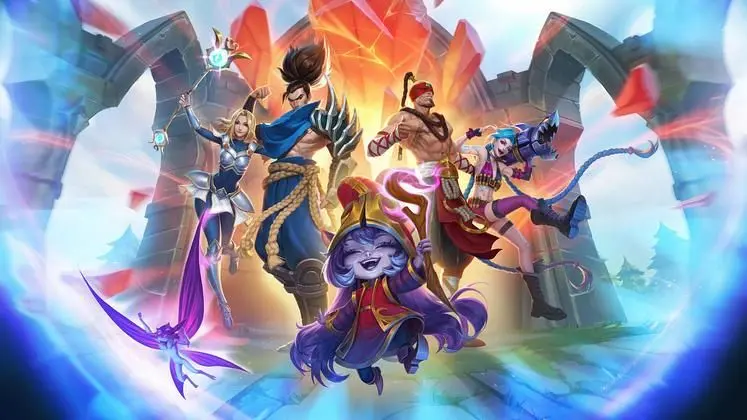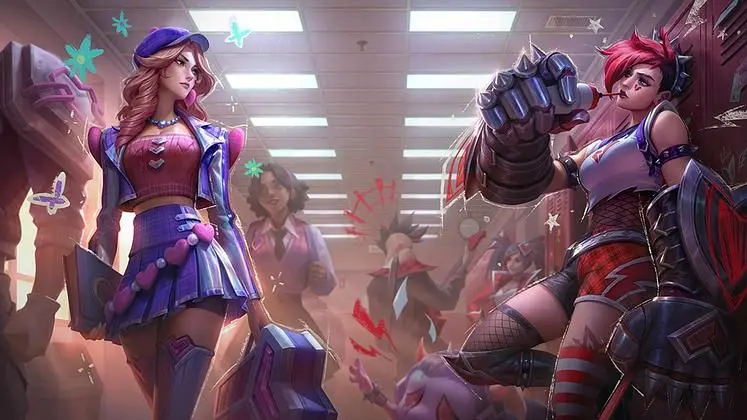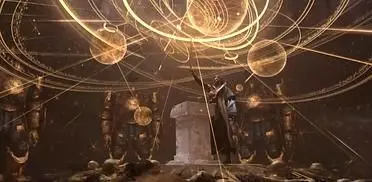League of Legends, commonly known as LoL, has established itself as one of the most influential video games in modern gaming history. Since its launch in 2009 by Riot Games, this multiplayer online battle arena (MOBA) has transformed from a modest free-to-play title into a global entertainment juggernaut that attracts millions of players daily and generates billions in revenue annually.
The Rise to Global Dominance
The journey of League of Legends from a startup’s ambitious project to a worldwide phenomenon is nothing short of remarkable. Built upon the foundation of the original Defense of the Ancients (DotA) mod for Warcraft III, League of Legends refined and perfected the MOBA formula, making it more accessible to newcomers while maintaining the strategic depth that hardcore gamers craved. The game’s free-to-play model, combined with its engaging competitive gameplay, created a perfect storm for viral growth.
What sets League of Legends apart from its competitors is its commitment to constant evolution. Riot Games has consistently updated the game with new champions, items, and gameplay mechanics, ensuring that even veteran players encounter fresh challenges. The company’s dedication to balancing the game’s 160+ champions has created a dynamic meta that shifts with each patch, keeping the gameplay experience exciting and unpredictable.
A Numbers Game: Understanding LoL’s Massive Player Base
The scale of League of Legends’ popularity becomes apparent when examining its player statistics. At its peak, the game boasted over 180 million monthly active users, making it one of the most-played video games in the world. While exact current numbers fluctuate, the game consistently maintains a player base that rivals traditional sports in terms of audience engagement and participation.
The game’s regional distribution tells a fascinating story of global gaming culture. While League of Legends enjoys massive popularity in North America and Europe, its strongest presence remains in Asia, particularly in South Korea and China. Korean players, in particular, have developed a reputation for their exceptional skill level, with Korean teams dominating international competitions for years. This regional strength has contributed significantly to the game’s esports credibility and cultural impact.
The Esports Revolution
League of Legends didn’t just create a popular game; it revolutionized competitive gaming as we know it. The League of Legends World Championship has become one of the most-watched esports events globally, with viewership numbers that compete with traditional sporting events. The 2022 World Championship finals attracted over 5 million concurrent viewers, demonstrating the game’s ability to captivate audiences on a massive scale.
The professional League of Legends ecosystem has created career opportunities for hundreds of players, coaches, analysts, and content creators. The game’s esports structure, featuring regional leagues that culminate in international tournaments, has provided a sustainable model that other games have attempted to replicate. Major corporations and traditional sports organizations have invested heavily in League of Legends teams, legitimizing esports as a serious business venture.
The Cultural Impact Beyond Gaming
League of Legends has transcended its identity as merely a video game to become a cultural phenomenon. The game has inspired music videos, animated series, and even virtual concerts featuring real-world artists. Riot Games’ creation of K/DA, a virtual K-pop group featuring League of Legends characters, demonstrates how the game has expanded into mainstream entertainment.
The game’s influence extends to fashion, with luxury brands creating League of Legends-themed collections, and to education, where universities offer scholarships for skilled players. This cultural penetration has helped normalize gaming as a legitimate form of entertainment and career path for young people worldwide.
Data-Driven Gaming: The Importance of Statistics
For competitive players and enthusiasts, understanding performance metrics has become crucial to improving gameplay and staying competitive. The complexity of League of Legends creates numerous data points that can be analyzed to gain insights into player performance, champion effectiveness, and strategic trends. Professional teams and individual players rely heavily on detailed statistical analysis to identify strengths, weaknesses, and optimization opportunities.
The demand for comprehensive lol stats has led to the development of specialized platforms that aggregate and analyze game data. Among these platforms, bo3.gg has emerged as a leading resource, offering players access to detailed statistics that help them understand their performance patterns and improve their gameplay. Alongside analytics, some players use a LoL boosting service to convert those insights into tangible ranked progress.
The Future of League of Legends
As League of Legends approaches its fifteenth anniversary, the game shows no signs of slowing down. Riot Games continues to invest in new content, technological improvements, and expanded universe development. The success of Arcane, the Netflix animated series based on League of Legends, has opened new avenues for storytelling and audience engagement.
The game’s influence on the broader gaming industry cannot be overstated. It has demonstrated the viability of the free-to-play model, established esports as a legitimate entertainment category, and shown how games can evolve into comprehensive entertainment ecosystems. League of Legends remains a testament to the power of community-driven gaming and continues to set standards for competitive multiplayer experiences worldwide.
For the latest gaming news, follow GameWatcher on BlueSky, check out our videos on YouTube, or give us a like on Facebook. We sometimes include affiliate links in our posts, which grants us a small commission, thank you. Please support independent Games Media. ❤️







